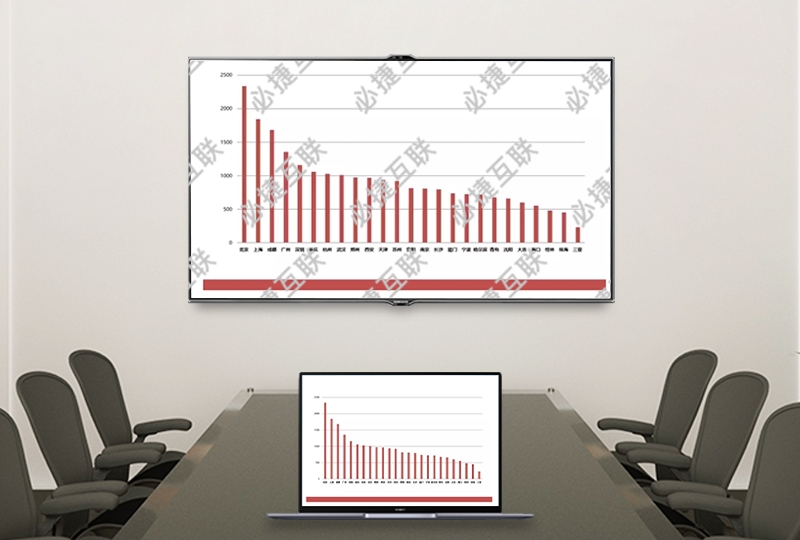Miracast screen projection technology is mainly used on two types of devices
Miracast is a wireless technology used to wirelessly connect screens to our computers. One of the wireless display standards defined by the Wi-Fi Alliance, it is a protocol that allows two devices to connect and mirror on another screen. It can be roughly described as “HDMI over Wi-Fi” in place of the cable from the device to the display.
Miracast is a peer-to-peer network used to wirelessly send screenshots of video made up of a Wi-Fi Direct connection in a Bluetooth-like manner (more efficient than Bluetooth). Thanks to this, users can reproduce on the display the content of different devices such as TVS, smartphones, and all the content that normally supports the technology.

Most of the latest generation of devices, such as laptops, smart TVS, and smartphones, can support this technology, so it is possible that you are using it without knowing it exists. In order for screens to be shared between devices, a wireless connection needs to be established between our devices. Countless modern devices around the world have this technology.
Miracast also supports resolution up to 1080p (full HD) and 5.1 surround sound. It also supports 4k resolution. Over a wireless connection, video data is sent in H.264 format, which is the most common high-definition video coding standard today.
It also has the advantage that unlike other protocols, such as Apple’s Airplay or Chromecast’s Google Cast, Miracast was originally designed as a cross-platform standard, meaning it can be used across multiple platforms.

Miracast is the Wi-Fi Alliance’s authentication name for devices that support Wi-Fi Display. Miracast projection technology is mainly used on two types of devices:
(1) Some Android phones that support multi-screen interaction
Android5.0 and above mobile phones usually come with Miracast screen projection protocol, through the internal Settings of the phone can achieve wireless display, without installing any software, without any network support.
(2) Windows 8/10 computers
Windows 8/10 PC native support of WiDi protocol based on Miracast protocol improvement, no need to install any software can directly screen projection.
However, Miracast has two shortcomings that limit its use in demanding situations. First, the bottom layer is UDP transmission protocol, the transmission process is unreliable, easy to be interfered with, will lead to the receiving end of the screen; Second, the Miracast opening method designed by each Android device manufacturer is inconsistent, resulting in unified training and large-scale promotion.